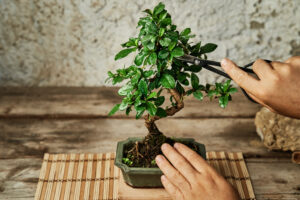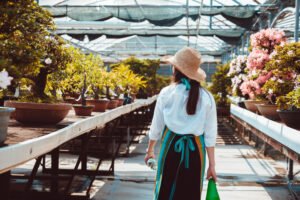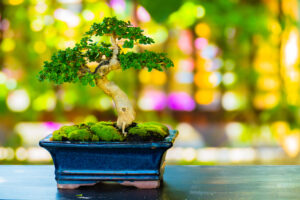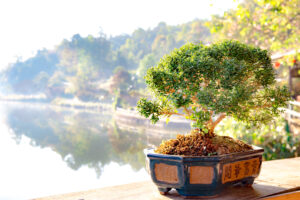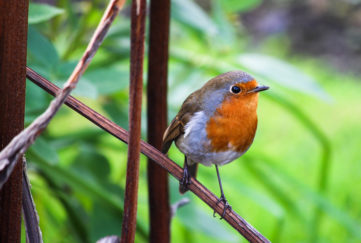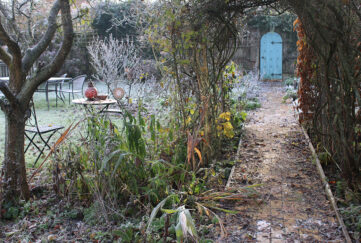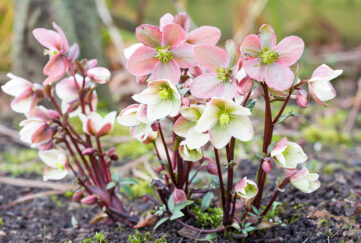Beautiful Bonsai: Getting The Most Out Of Your Miniature Beauties
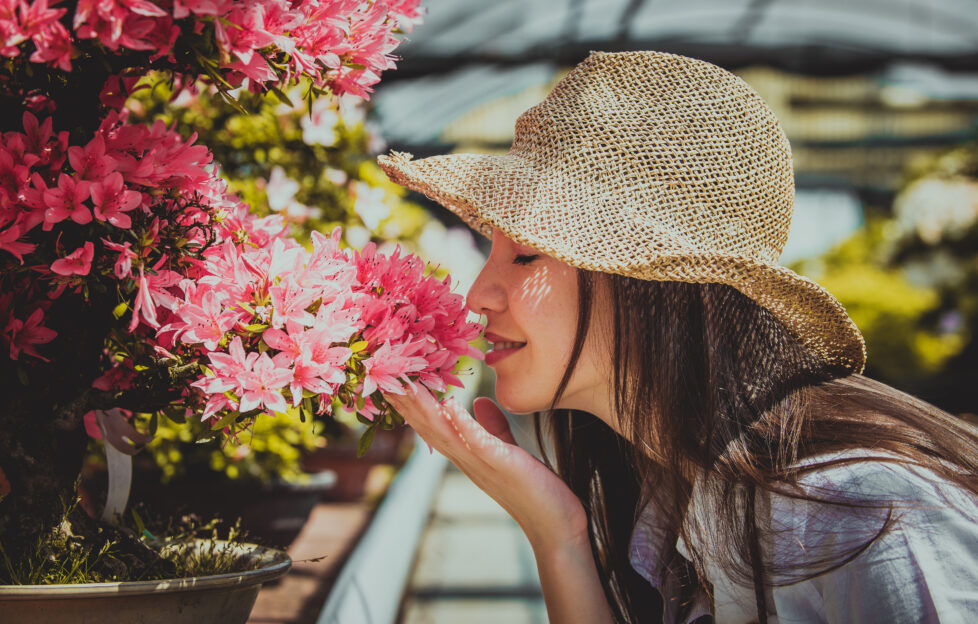
Have you ever been captivated by a bonsai tree? If so, there’s probably good reason – Japanese Zen Buddhism culture believes bonsai trees symbolize and encompass balance, harmony, simplicity and nature.
In the rush of today, we could all do with slowing down, spending time with nature and enjoying some balance and harmony in our lives, to aid wellbeing and keep us connected with the natural world.
The intriguing art of bonsai makes it an ideal hobby for those who are both artistic and green-fingered – and with mental health benefits, too. It encourages attention to detail, patience and offers the chance to explore another aspect of creativity.
Japanese snack subscription box company Sakuraco researched some of the most common queries about the art of bonsai, and shared their tips to help you get the most out of this hobby.
What is a Japanese bonsai tree?
Bonsai, directly translated, means planted in a container. Bonsai trees can be made from almost all kinds of trees – not just those native to Japan. The art of bonsai is taking a species of tree and creating a miniature version within a small and decorative ‘container’.
Expression and creativity are expressed through the art of bonsai in how the tree is styled and in what kind of container the tree is planted.
How do you look after a bonsai?
Never let your bonsai dry out or stay too wet. The Royal Horticultural Society recommends using rainwater and for the soil to be kept constantly ‘just moist’ for the best care.
Fertilizing your bonsai is essential during the growing season in early spring, and you should look to prune your tree two to four times a year to maintain its shape.
To find the correct position for your bonsai, choose a spot indoors or outdoors that provides the most sunlight. If your bonsai tree is an outdoor one, be sure it has some daytime shade for relief in the heat.
How are bonsai trees linked to ecotherapy?
One study has explored the links between bonsai art and its positive mental health benefits.
It revealed that bonsai art is associated with a “meaningful healing experience” because of the integration of creativity, leisure and closeness to nature.
Being a complex and intriguing art form, bonsai makes for the perfect hobby, teaching patience with additional wellbeing benefits.
What are the different types of bonsai trees?
A bonsai tree is not a specific type of tree but a way in which different trees are shaped and grown.
There are many different trees available to grow in bonsai tree style, ranging from apple blossoms to Japanese maple trees. The most important thing to consider is the type of environment and climate the bonsai will live in. Make sure to do your research to find the perfect bonsai for its environment.
You might want to choose a tree based on whether it is evergreen or not. Choose wisely, as it will quickly die if it is not suited to your home. Bonsai Direct UK has a questionnaire to help you decide on the perfect plant for you.
Do bonsai tree gifts have different meanings?
Traditionally (dating back to the 14th century), bonsai trees were seen throughout the homes of royalty and Buddhist monasteries symbolising wealth and prosperity.
These beautiful plants exude an aura of balance, harmony, peace and tranquility. The type of tree can portray its own specific symbolism, such as the Azalea bonsai, which symbolizes femininity, while others like the Ficus Bonsai symbolise new beginnings.
Bonsai trees are considered an expensive and prestigious gift to present to someone, with some sellers on eBay charging £2688 for a large tree.
However, if you’re looking for a small token gift, prices are reasonable. For example, the Chinese Elm bonsai from the UK’s Greenwood Bonsai Studio starts at £30.
Are bonsai trees poisonous to pets?
It’s important to make sure you have correctly researched the type of bonsai tree you have to avoid any ill pets.
Unfortunately, many types of bonsai trees are potentially toxic to dogs and cats if they eat the bark, blossoms or fruits.
Two trees to avoid are the Sago Palm and any kind of Azalea. The Sago Palm is one to watch out for especially as every part of it is toxic, including the seeds, fronds and bark.
Three popular options for pet owners are the Japanese maple tree, Juniper tree and Fukien tea tree.
To learn more about bonsai care, online bonsai courses can be found at Bonsai Empire.


